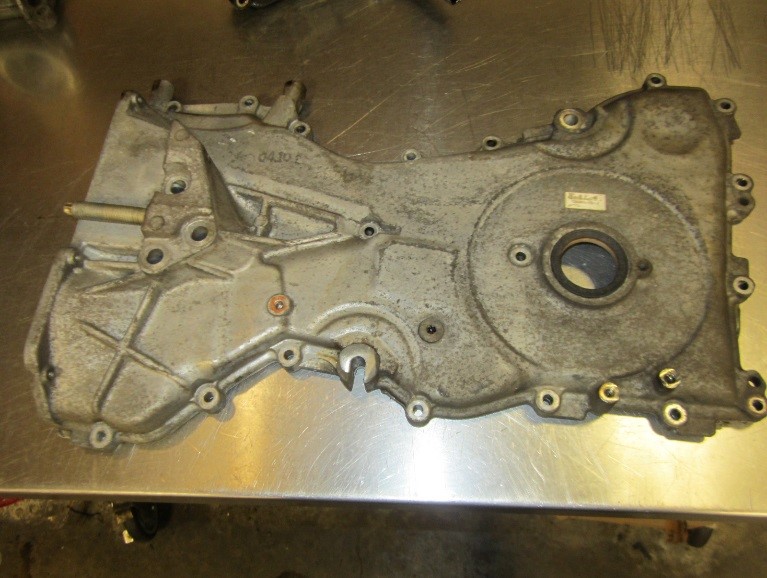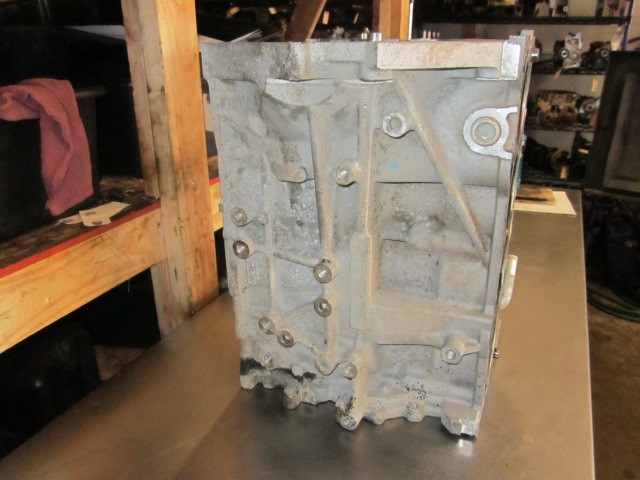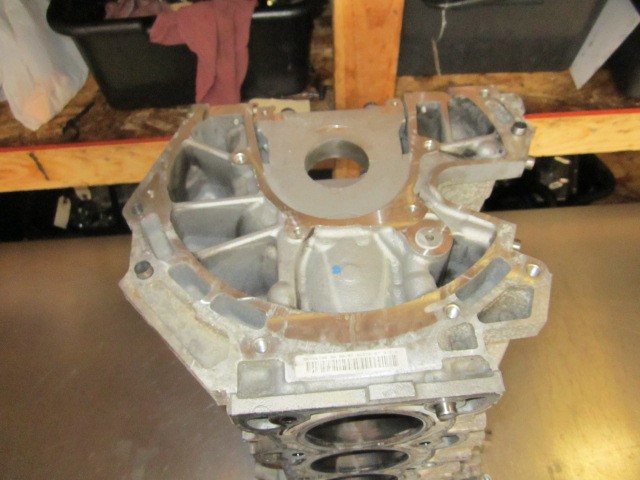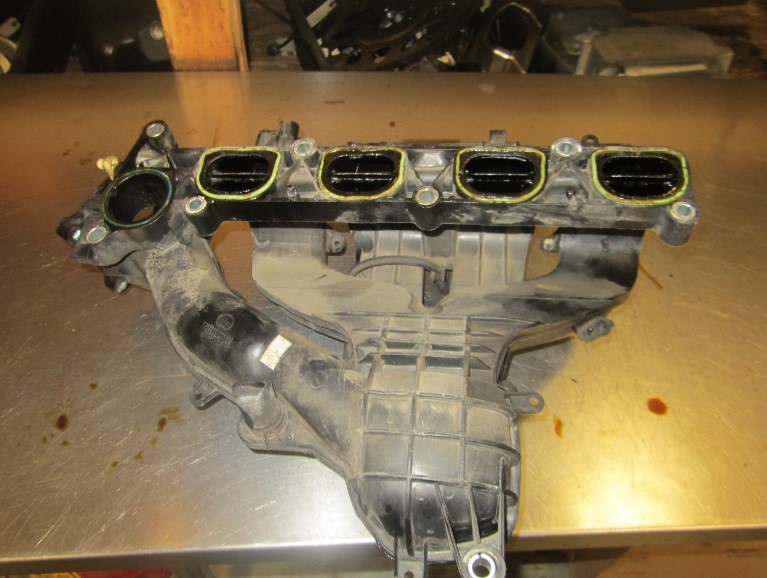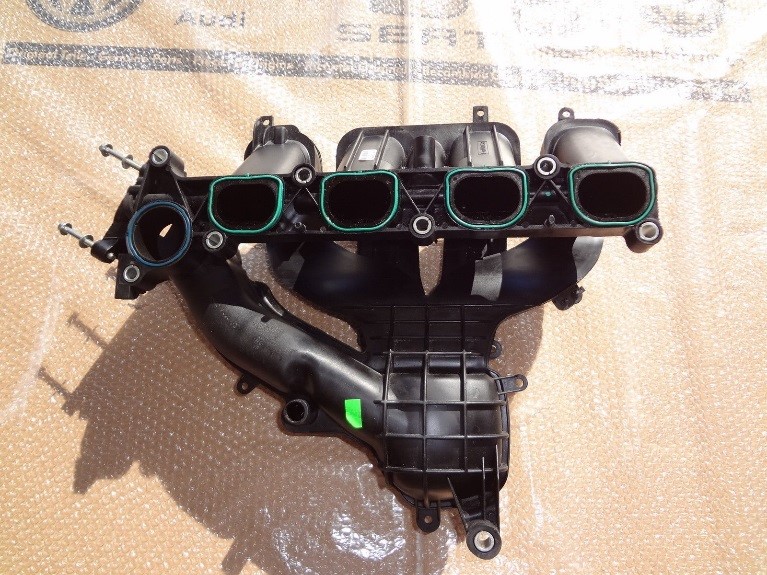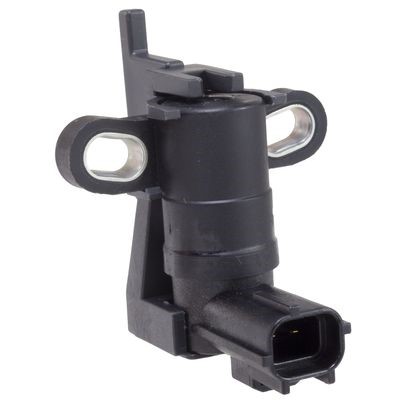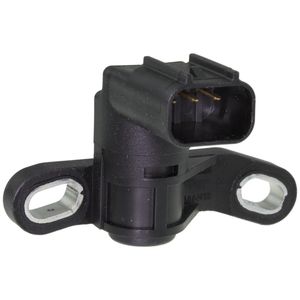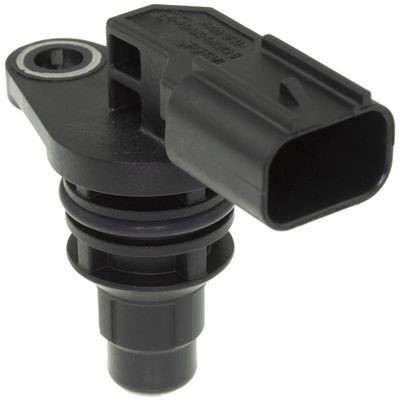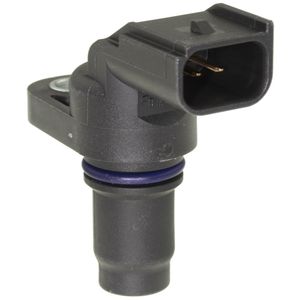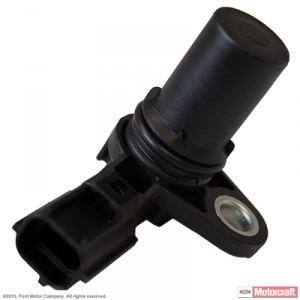The 2.0 L (1,999 cc (122.0 cu in)) version has 10.0:1 compression ratio, an 87.5 mm (3.44 in) bore and it shares the 83.1 mm (3.27 in) stroke of the 1.8 L. Changes to the engine include switching from a cast aluminum to a reinforced plastic intake manifold and from sequential multi-point fuel injection to gasoline direct injection.
Ford's version is rated at 107 kW (143 hp) of power at 6000 rpm and 185 N·m (136 lb·ft) of torque at 4500 rpm with a 10.8:1 compression ratio.
On the 2007 Focus, output is 136 hp (101 kW) at 6000 rpm with 136 lb·ft (184 N·m) of torque at 4250 rpm. The 2007 Focus with the PZEV emissions package produces 130 hp (97 kW) at 6000 rpm with 129 lb·ft (175 N·m) of torque at 4000 rpm. On the 2008 Focus, output is 140 hp (100 kW) at 6000 ;rpm with 136 lb·ft (184 N·m) of torque at 4250 rpm. The 2009 Focus had 143 hp (107 kW) when equipped with manual transmission due to a higher flowing exhaust system. The 2008 Focus with the PZEV emissions package produces 132 hp (98 kW) at 6000 rpm and 133 lb·ft (180 N·m) of torque at 4250 rpm.[2]
Mazda's LF-VD version was equipped with DISI direct injection and a higher compression ratio for improved efficiency in the JDM and EDM markets. It produces 148 hp (110 kW) at 6500 rpm and 138 lb·ft (187 N·m) of torque at 4000 rpm.
In 2011 Ford started selling the 2012 Focus in North America. It comes with a 160 hp (119 kW) version that utilizes direct injection and Ti-VCT. This version is referred to as the "Duratec 20."
The Ford Duratec 20 engines are built in Dearborn, Michigan, United States, Chihuahua, Mexico with some being built by Mazda in Hiroshima, Japan.
The plastic intake manifold on early versions of the 1.8 and 2.0 has a major fault due to poor-quality materials. The manifold has swirlplates mounted on a square shaft at the aperture where it mounts to the cylinder head. Early 4-cylinder Duratec engines can be ruined when the swirlplates break off and enter a cylinder. Most cases are of single swirlplates but also the shaft can wear and break. Early signs of this fault are evidenced by a ticking noise emanating from the front of the engine. This can occur as early as 25K miles, with failure typically occurring after about 90K miles. [WIKI]
| 